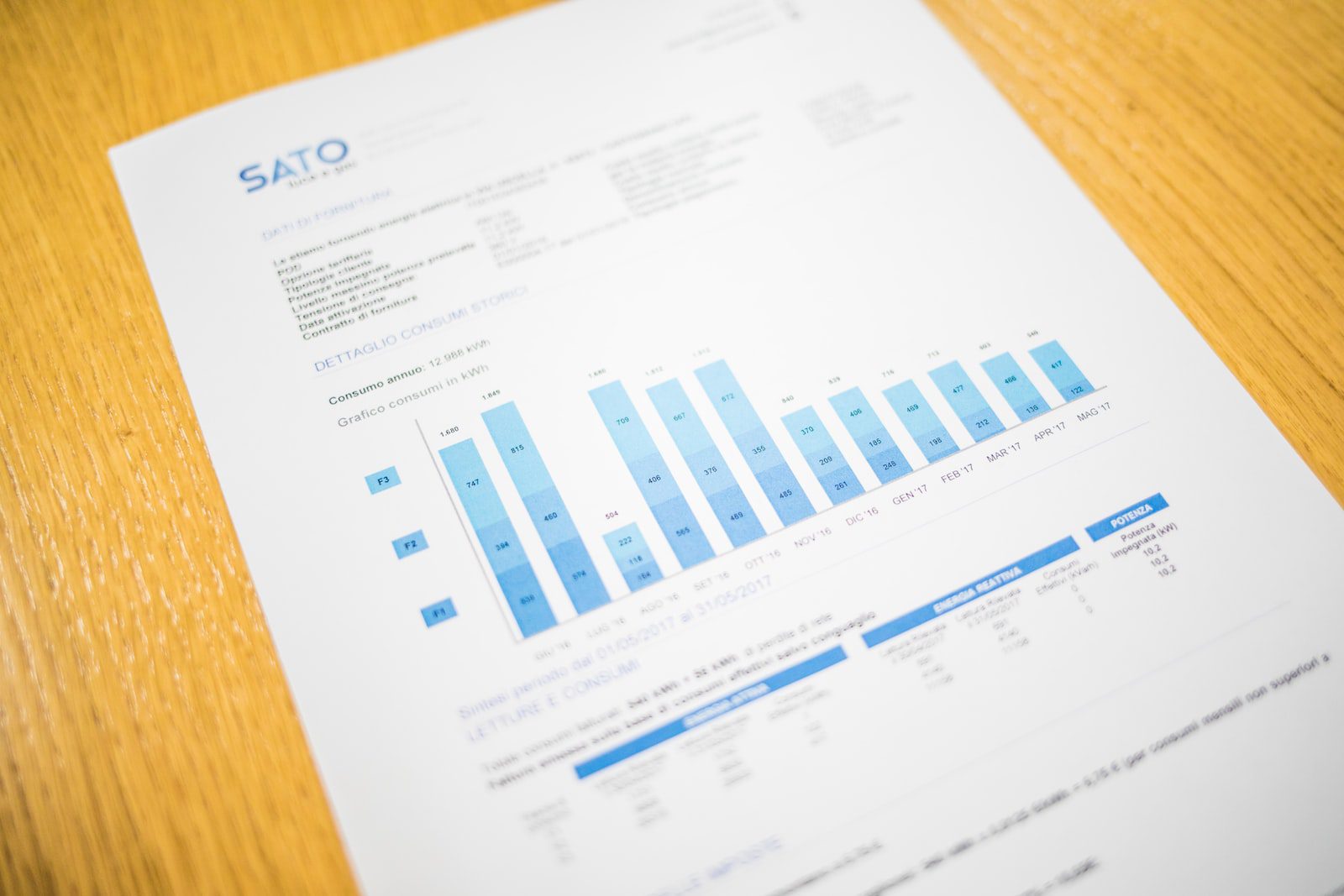The Low Income Home Energy Assistance Program (LIHEAP) is a government-funded program designed to help low-income households with their home energy bills. The program, which is administered at the state level, provides financial assistance to income-eligible households in the form of grants to pay for energy-related expenses such as electricity, gas, and oil. Households who are struggling to pay their utility bills may be eligible for LIHEAP and its associated benefits.
Who Qualifies?
LIHEAP is available to most households earning below 60 percent of the State Median Income (SMI). Eligibility requirements vary by state and may be adjusted annually, making it important to review the updated qualifications during the LIHEAP open enrollment period. The program may also be offered to households that are deemed to have a high energy burden. This means that they pay a high portion of their income on energy bills.
Emergency Services
In addition to providing grants to eligible households, LIHEAP also offers a variety of other services, such as weatherization and emergency services. Weatherization, for instance, may involve the installation of improved insulation, air sealing, and other improvements to make a home more energy efficient. This in turn can help lower utility bills for recipients of the services.
Emergency services are typically offered to households who have an unexpected drop in their income, have lost job benefits, or have had an emergency that has significantly increased their energy-related expenses. Services may include the provision of one-time heating or cooling assistance, emergency furnace repairs, and more.
How Payments Are Dispersed
LIHEAP grants are generally disbursed either directly to the energy provider or to the household. For those households who receive payments directly, any LIHEAP-supported funds must be first applied to any energy-related costs. This ensures that the household is not utilizing LIHEAP money for other non-energy-related expenses.
It is also important to note that LIHEAP is a one-time payment, and should not be used as an ongoing source of assistance. It is recommended that applicants develop an energy budget that suits their individual income and energy-related needs. This budget should be designed to last throughout the year and should include budgeting for all utility bills as well as any additional energy costs.
Applying For LIHEAP
As is the case with any government program, there is generally paperwork associated with applying for LIHEAP and its associated benefits. This includes applications, proof of income, recent utility bills, and any other requested documentation. It is recommended to get any paperwork in early, as it may take some time to process. Once applications are reviewed and approved, individuals may be asked to complete additional paperwork or forms for their benefits to be disbursed.
Final Thoughts
The LIHEAP program can be a great resource for low-income households who are struggling to pay their utility bills. The program offers a variety of services that can help reduce energy-related expenses and make utility payment more manageable. Those who would like to learn more about the program should reach out to their local LIHEAP office or seek out additional resources online.



